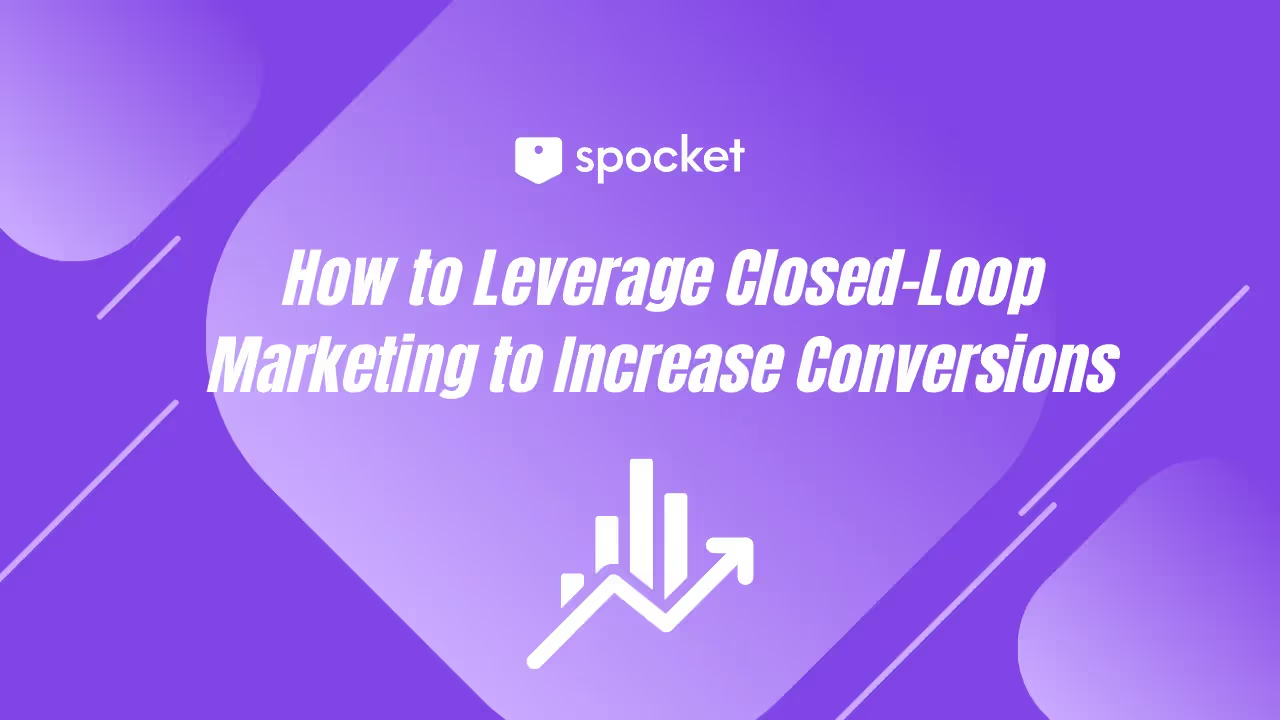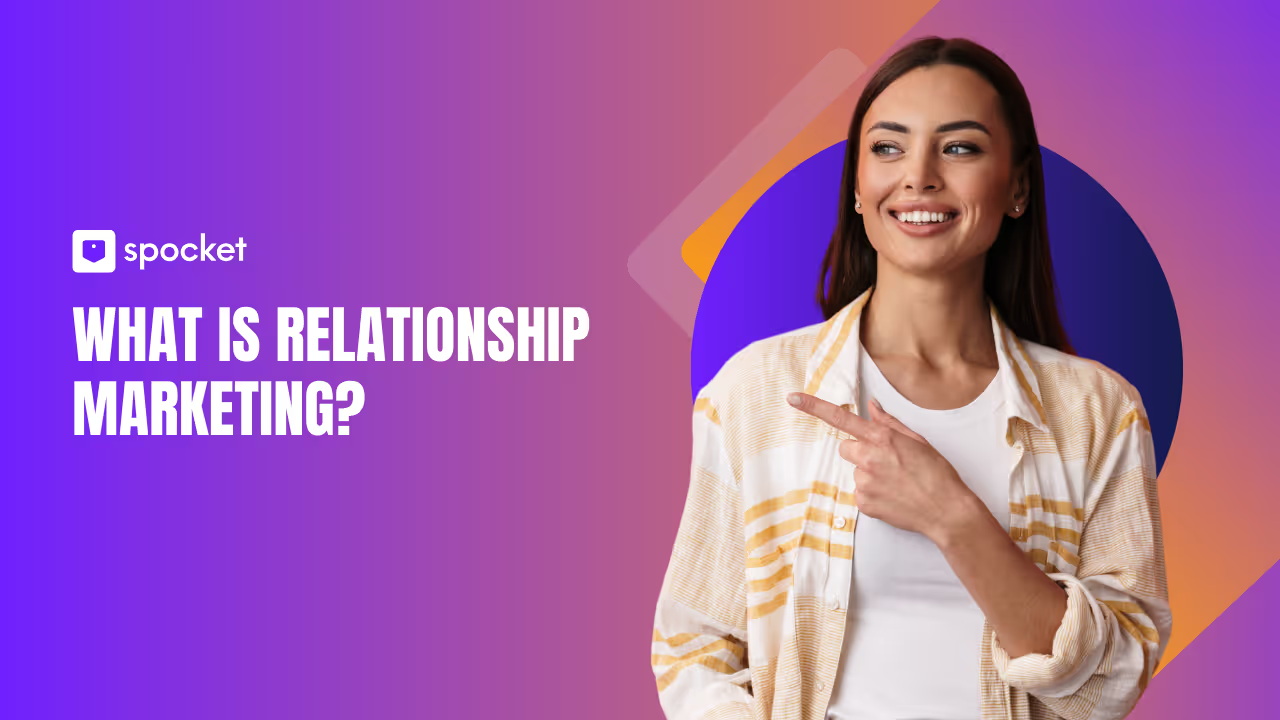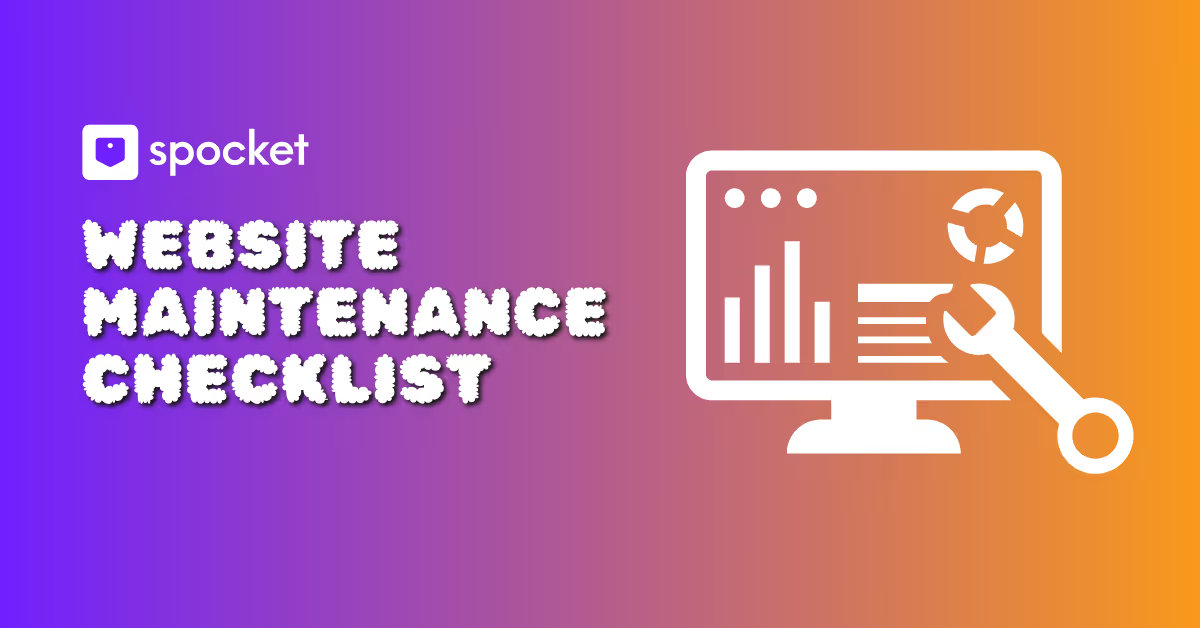Can you be sure that your marketing efforts are paying off? Do you know which marketing activities are having a positive impact on your sales and conversions?
If you can’t answer those questions with confidence, you need closed-loop marketing. Closed-loop marketing is a process of strategic improvement in which you can better understand how to get results from your marketing campaigns. It is a continuous cycle of research, analysis and improvement that helps give you a competitive edge. But how exactly can you leverage closed-loop marketing to increase conversions? Keep reading to find out.
What is closed-loop marketing?
Closed-loop marketing is a strategy that involves collecting and analyzing data throughout the marketing process, and making data-driven decisions along the way. It allows businesses to track the customer journey from initial interaction to conversion, personalizing the customer experience and optimizing campaigns.
As the name suggests, closed-loop marketing is a continuous process. “Closing the loop” refers to your sales and marketing team working together to gather and analyze relevant data. When done well, this strategy ensures you can track the customer journey in an endless loop.
By using closed-loop marketing, businesses can identify the marketing strategies that are having the biggest impact on final sales. This therefore leads to better decision making and more effective resource allocation.
How to leverage closed-loop marketing to increase conversions
So, you’re ready to get started with closed-loop marketing. But where do you begin? Read on to better understand the steps involved in closed-loop marketing and how you can use it to increase conversions.
1. Attract visitors to your website
You need to attract traffic to your site. This is usually a task for the marketing team, who will employ a variety of techniques to encourage visitors to your website or app. These techniques could include:
- Content marketing
- Social media marketing
- Email marketing
- Pay-per-click advertising
- SEO optimization
When a visitor first arrives at your website, this is the entry point of the closed-loop cycle. Perhaps they have clicked a link on a paid ad, or arrived at your page through a search engine when trying to find a company email address. Or maybe they have been directed to your website from your social media page. Additionally, tools like Advanced Person Search help quickly access an individual's email address and other relevant information.

Tracking your traffic generation will help you analyze which marketing strategies are driving the most traffic to your website. What’s more, if those visitors become paying customers, you can then clearly make links between your conversions and the relevant marketing channel.
2. Visitors browse your website
Once a visitor arrives at your website, you can track their behavior while they browse. Some visitors may leave immediately, while some go on to browse and interact with various pages.
For example, you might discover that your audience engages well with your blog, but doesn’t spend long on your product pages. You can use a variety of website analytic tools to establish which content is keeping your audience engaged, and which is turning them away.
3. Visitors become leads
It is good practice to invite visitors to leave their contact information, thus showing an interest in your business and becoming a lead. For example, you could offer a discount code if they sign up to your business SMS service, or prompt them to sign up to your weekly newsletter by leaving their email address.
This type of lead generation usually works best when you offer an incentive for the prospective customer. Your sales team can then pursue those leads and work to convert them into loyal customers. With WordPress Quiz Maker, you can create fun, incentive-driven quizzes that attract potential customers. When seeking external help with lead generation, take time to compare lead generation firms, as their expertise and approach should align with your business goals and target audience.
4. Leads convert into customers
The next stage in the closed-loop cycle is when your lead converts to a paying customer or client. By this stage, you will have lots of information on the customer journey and what led them to move through the sales funnel from website visitor to paying customer.
How did they arrive at your website? Which pages did they visit? Did they sign up for email marketing? How often did they browse the website before making a purchase? Which pages did they view? You get the idea.

You can use an online database system to manage your lead and customer relationships. One of the most popular choices is Zoominfo. But who are Zoominfo competitors? Do your research and find the best fit for your business - the most popular choice isn’t necessarily the best choice for you.
5. Analyze your data
By analyzing and understanding the steps that led your customer on their journey to conversion, you can better understand how to increase your marketing ROI. Remember that this is a continuous cycle, and you should strive for improvement – not perfection.
By analyzing data gathered by both the marketing team and the sales team, you can better understand the strategies that are working best for you, and improve the ones that aren’t. You can then get to work on optimizing and refining your marketing strategies to improve performance and increase conversions.
6. Take action
Of course, it’s no use having all of this data at your fingertips and doing nothing about it. You should use these insights to make improvements to your marketing campaigns and approaches.
For example, this might include:
- Adjusting the timings or frequency of your social media posts
- Focusing on a particular social channel
- Redesigning your website landing page
- Increasing the budget for paid ads
- Improving your product page SEO
- Personalizing your email marketing campaigns
Making data-driven decisions and improvements will help you increase conversions, improve marketing ROI, and ultimately drive business growth.
7. Repeat
Closed-loop marketing is a continual approach. You do not complete the process once and move on. Instead, you will repeat the closed-loop marketing process with ongoing data collection, analysis, and improvements.

What are the benefits of closed-loop marketing?
Now you know how closed-loop marketing works, let’s take a look at some of the benefits in more detail.
1. Collaboration
Closed-loop marketing naturally brings your sales and marketing teams together to work towards a shared goal. This improved communication will naturally ensure you can drive more leads and make better sales predictions.
Both teams can share insights from their perspective, and therefore see the bigger picture. Collaboration and communication is essential for any business wanting to make improvements, and closed-loop marketing certainly fosters both.
2. Optimize your marketing strategies
As we’ve discovered, closed-loop marketing allows you to analyze and optimize your marketing strategies. By understanding what is (and isn’t) leading to conversions, you can make necessary improvements to increase your sales. Whether it’s investing in your email and social media marketing campaigns, or improving your website experience, you can be sure that your efforts won’t be wasted.
3. Increase your ROI
When you understand how to optimize your marketing strategies and increase conversions, you will naturally earn a higher ROI. As you continually analyze your data and make improvements, you will reduce your cost-per-lead, improve the customer experience, and increase your conversion rate.
What’s more, by identifying where your resources are best spent, you eliminate wasted spending and therefore see better returns on your marketing budget.

4. Shorten your sales cycle
By streamlining your marketing efforts and focusing only on the strategies that increase conversions, you will naturally shorten your sales cycle. This means that leads will move through the sales funnel at a faster rate, turning prospects into customers before you know it.
Top tips for implementing a closed-loop marketing approach
If you’ve decided to give closed-loop marketing a go, below are some top tips to ensure you are on the right track:
- Involve your team members. Ensure that the members of your sales and marketing teams are aware of your plans to implement closed-loop marketing and what you are setting out to achieve. This strategy works best when all parties are on board and working towards a shared goal.
- Encourage collaboration. Your sales and marketing teams need to work closely together to maximize the benefits of closed-loop marketing. Encourage them to collaborate regularly by setting up joint meetings or tasks. You could even bring both teams together for some team-building exercises. To ensure these sessions are productive, always prepare a clear meeting agenda outlining key discussion points, objectives, and action steps. This will keep the conversation focused and aligned with your closed-loop marketing goals.
- Reinforce the importance of data. Ensure all members of your team are aware of the importance of high quality data. Whether they are involved in data gathering, analysis, or storage, all employees need to understand its importance in the closed-loop marketing process.
- Use digital technology to your advantage. In today’s world, it is virtually impossible to make significant improvements in your business without the use of digital technology. With new technologies emerging all the time, businesses need to adapt and grow alongside them. You can use automation and digital innovation to solve some of the problems that arise as a result of your closed-loop marketing research.

Key takeaways
In an increasingly competitive market, businesses need to continually adapt and improve to remain current. Closed-loop marketing can help you make a data-driven marketing strategy that will improve your customer experience, shorten your sales cycle, and increase conversions.
By using data to understand customer behavior throughout the marketing process, you can bridge the gap between marketing and sales and drive improvement. Follow our tips to leverage closed-loop marketing and see your conversion rate soar.







































